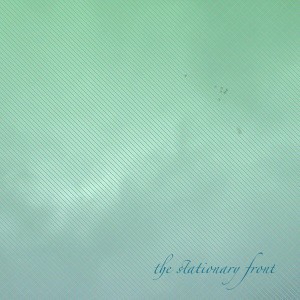

The blue triangles will point in one direction representative of the cold air and the warm front represented by the red semi-circles represents the warmer air. Stationary fronts are said to be formed when a polar air mass loses its own characteristics and stops flowing in a particular direction. When you look at the weather map, a stationary front is represented as red semi-circles and blue triangles like on the map below. The weather is often cloudy along a stationary front and rain or snow often falls, especially if the front is in an area where the pressure is low In terms of meteorological analysis, the front must be in roughly the same position between standard observations times of three or six hours.

Or the front may break apart altogether.īecause a stationary front represents two air masses, there are often differences in air temperature and differences in wind on opposite sides of it. A stationary front is a weather front or transition zone between two air masses (cold and warm), when neither air mass is advancing into the other at a speed exceeding 5 knots at the ground surface. If the wind direction changes the front will start moving again, becoming either a cold or warm front. Can remain stationary and affect local flying conditions for several days Weather in a stationary front is a mix of cold and warm front characteristics. In addition of the wind is blowing parallel to the front instead of perpendicular, this can also help a front stay parked across the area.Ī stationary front may stay across an area for days. This occurs when two air masses are pushing against each other but neither is powerful enough to move the other. A stationary front forms when a cold front or warm front stops moving. The culprit for the wetter pattern is a stationary front. While many of the fronts are either classified as warm or cold, some are considered stationary and yet others are occluded. (WMC) -Our weather forecast has been rather unsettled and we have had this pattern before. The optimum locating variable and masking variables, together with their optimum thresholds, were determined for three typical Kunming quasi-stationary fronts.


 0 kommentar(er)
0 kommentar(er)
